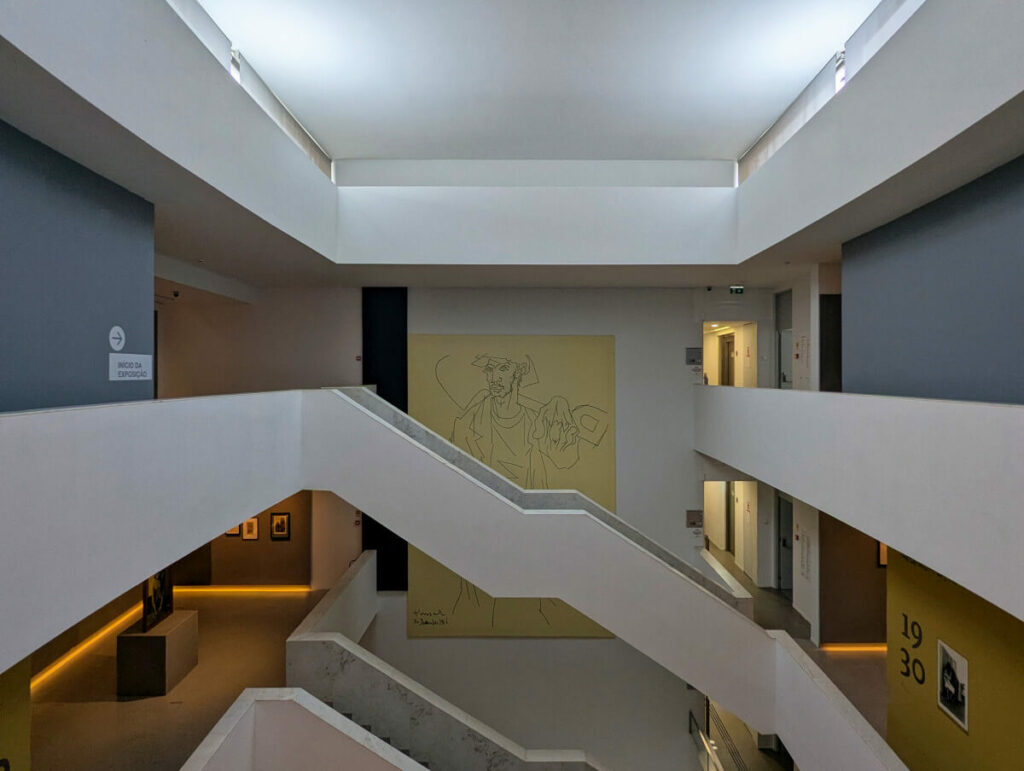2007 - 2007
Neo-Realism Museum – Alcino Soutinho’s Architectural Contribution
The Neo-Realism Museum in Vila Franca de Xira, Portugal, stands as a testament to Alcino Soutinho’s architectural prowess. Inaugurated in 2007, this institution is dedicated to preserving and showcasing the Neo-Realist movement, a significant cultural and artistic period in mid-20th-century Portugal. Soutinho’s design harmoniously blends modern architectural elements with the museum’s thematic focus, creating a space that is both functional and reflective of the movement’s ethos.
Architectural Concept and Design
Soutinho’s vision for the Neo-Realism Museum was to craft a structure that resonates with the movement’s principles while serving as a contemporary cultural hub. Key aspects of his design include:
• Modernist Aesthetics: The building features clean lines and a minimalist facade, embodying the straightforwardness associated with Neo-Realism.
• Integration with Urban Fabric: Situated in the heart of Vila Franca de Xira, the museum seamlessly connects with its surroundings, inviting public engagement and accessibility.
• Functional Spaces: The interior is thoughtfully organized to accommodate various exhibitions and events, with adaptable areas that cater to both permanent and temporary displays.
Spatial Organization
The museum’s layout is designed to enhance the visitor experience through:
• Exhibition Areas: Spacious galleries equipped with modern facilities to display a diverse range of artworks and artifacts related to the Neo-Realist movement.
• Documentation Center: A resource center housing a library and archives, providing researchers and enthusiasts access to extensive materials on Neo-Realism.
• Auditorium: A venue for lectures, film screenings, and cultural events, fostering community engagement and education.
Materiality and Lighting
Soutinho’s careful selection of materials and lighting solutions contributes to the museum’s ambiance:
• Natural Light Utilization: Strategically placed windows and skylights allow for ample natural light, creating an inviting atmosphere and reducing reliance on artificial lighting.
• Material Palette: The use of neutral tones and textures complements the artworks, ensuring that the focus remains on the exhibits.
Cultural and Architectural Significance
The Neo-Realism Museum is more than just an exhibition space; it serves as:
• A Cultural Repository: Preserving the legacy of the Neo-Realist movement and its impact on Portuguese art and society.
• An Educational Resource: Offering programs and materials that educate the public about this pivotal artistic period.
• A Community Hub: Hosting events and activities that engage local residents and visitors alike.
Through his architectural intervention, Alcino Soutinho has provided a space that not only honors the Neo-Realist movement but also enriches the cultural fabric of Vila Franca de Xira. The museum stands as a lasting tribute to his vision and the enduring relevance of Neo-Realism in contemporary society.
